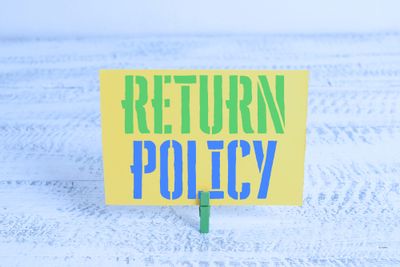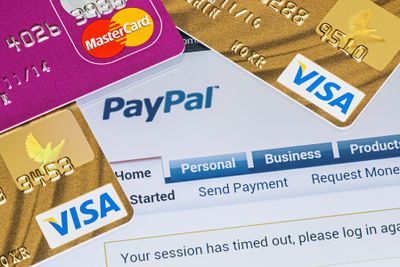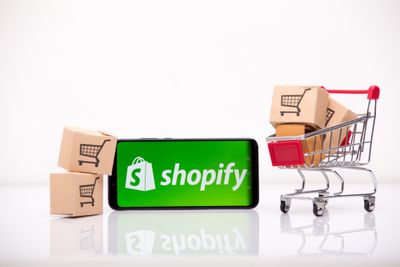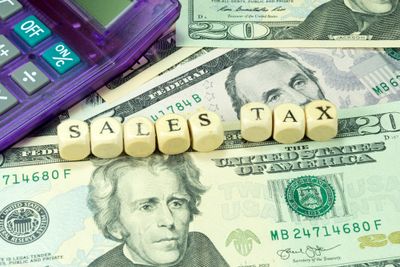eCommerce Entrepreneurs Blog
Read about successful online stores, the best eCommerce apps, marketing strategies, store design, and much more on KeepShoppers' blog.
Dropshipping
How to Handle Return Shipping Costs When Customers Wish to Exchange ProductsThe difference between exchanges and refunds is quite obvious when looking at costs. If a customer returns a product strictly for a refund, you'll most likely lose cash on both the return shipping cosApril 27, 2023
Shopify payment
Business vs. Personal PayPal Accounts for Your Shopify Store—Which One's Right for You?Paypal is one of the best payment gateways for online transactions as it has always been an easy and secure method for international payments. You can create a personal as well as a business account dApril 27, 2023









